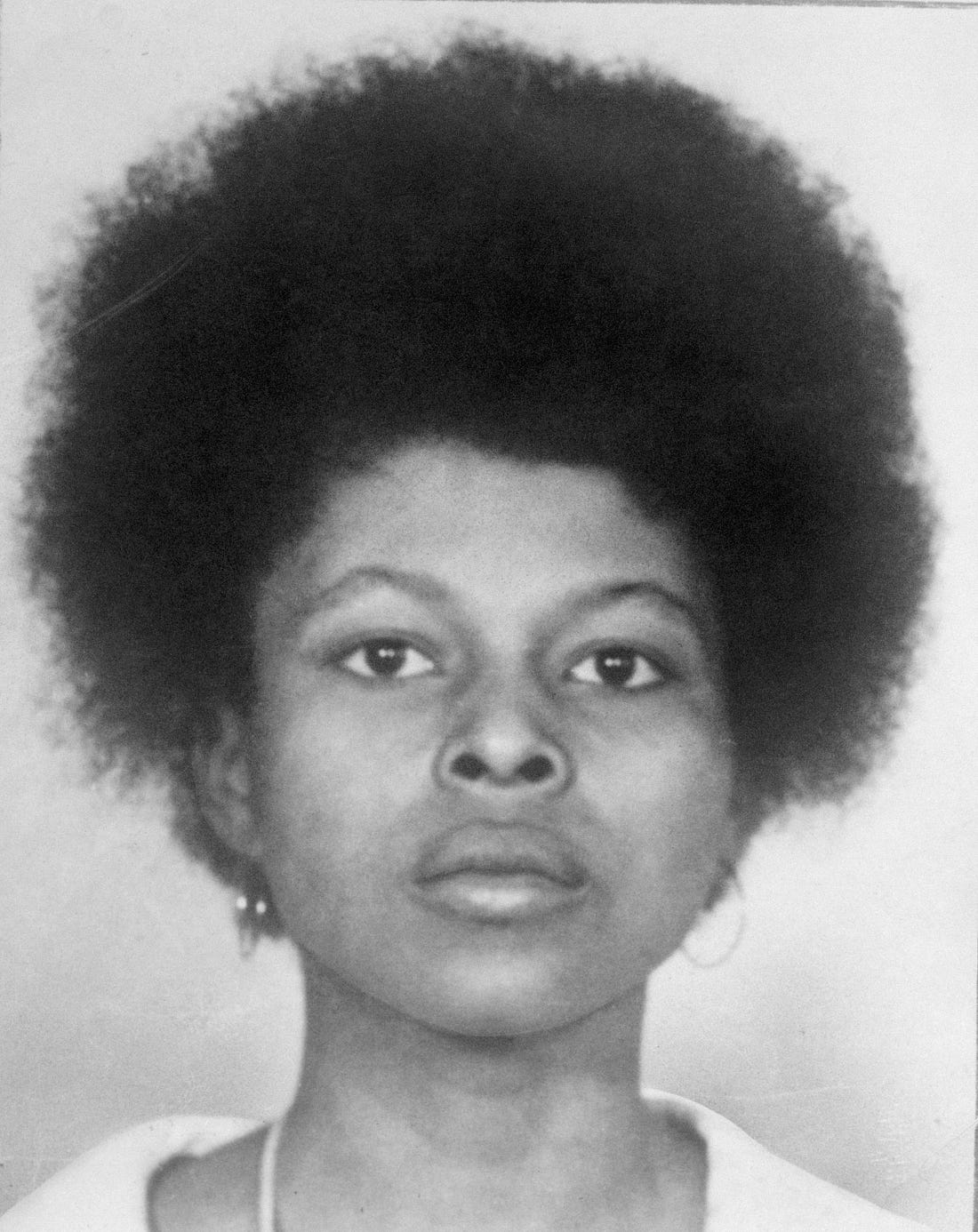The Long & Winding Road to Justifying MurderThe reactions to death of convicted cop killer Assata Shakur reveal a great deal about how the modern left came to be.America has been bathed in a deluge of political violence over the past few years, but the trend seems to be accelerating. In the last year alone, we have had the cold-blooded murder of health insurance executive Brian Thompson in Manhattan, the callous killing of two Israeli embassy staffers in Washington DC, a firebombing of peaceful protestors seeking a return of Jewish hostages in Boulder, Colorado, the murder of a Minnesota state legislator and her husband, two serious attempts on the life of now-President Trump, multiple deadly assaults on immigration enforcement authorities, and the recent assassination of conservative activist Charlie Kirk. That is to say nothing of the politically-aligned school shootings, church attacks, and assaults on federal buildings across the nation. This sort of violence has not historically been siloed to one side of the spectrum or another, but tends to shift its political valence depending on the party in power. In the case of the most recent violence detailed above, the majority of non-mentally ill violence seems to be emanating from the left. We have seen the veritable lionization of Luigi Mangione, the assassin who killed Thompson last December, with even mainstream pundits declaring him a “morally good man” and fawning over his good looks. We have seen the downplaying of antisemitic attacks, blaming Israeli actions for stoking violence in America. We have seen prominent Democrats, including the governor of America’s largest state, label their political opponents fascists – with all the violent baggage that loaded term contains. Law enforcement agents for ICE have been likened to the Gestapo and violence against them and their families promoted as legitimate. And we have seen a plethora of left-liberal commentators make the argument that Charlie Kirk deserved to be killed because of his political positions. This is all extremely disturbing. But it is no novel development. In fact, it has a long history on the American left, one that was brought once again into the light with the death of the leftist terrorist and convicted murderer known as Assata Shakur. Shakur, whose actual name was Joanne Chesimard, was a radical black militant who engaged in repeated criminal conduct. She was a member of the notoriously violent Black Panther Party – a group that routinely tortured and killed its own members for little to no reason, as well as others who stood in their way. Still, even the Panthers were too peaceful and moderate for her, so she joined an even more radical racialist group, the Black Liberation Army. During her tenure in that terroristic organization, they sought to overthrow the US government via violent action, often targeting law enforcement. The BLA committed multiple armed robberies, killed upwards of two dozen police officers, and hijacked commercial aircraft. Shakur herself was a large part of these actions, especially in the early 1970s. One such act involved the armed robbery of a Brooklyn church, including the physical assault of a priest at gunpoint, all for the prize of $1800 in bingo money earmarked for serving the poor. Shakur became a household name and a cause célèbre for the left after the violent attack that landed her in a New Jersey jail for life. In 1973, she and some of her BLA compatriots – all with outstanding warrants for violent offenses – were pulled over by New Jersey state troopers. During the traffic stop, the officers were met with a hail of gunfire, resulting in the death of Trooper Werner Foerster and injuries to his partner, James Harper. For her involvement in this heinous crime, Shakur was convicted by a jury and sentenced to life in prison. Her case had already become a rallying cry for the radical left in America, with Shakur viewed as a political prisoner despite her legal conviction for first degree murder. Two years after her 1977 verdict, she was broken out of prison by fellow travelers and fled to communist Cuba, where she spent the rest of her life avoiding justice for the killing she committed. In that repressive authoritarian state, she worked hand-in-glove with the Castro regime to teach her crackpot theories, write revolutionary books, call herself a “20th century escaped slave,” and advocate for an overthrow of the imperialist oppressors 90 miles to the north. Shakur was added to the FBI’s Most Wanted fugitives list after her escape and both the federal government and the state of New Jersey offered $1 million rewards for her capture. None of this dimmed Shakur’s star on the left whatsoever; in fact, it made her a far more popular figure both culturally and politically. She was lauded by academics as a true fighter against American oppression, wrongfully convicted by an all-white jury who were part of the rigged system. She was honored with multiple rap songs that mainstreamed this ivory-tower opinion, bringing a very flawed vision of her case to new generations who made her a racial justice icon. Her image and words were heavily present at Black Lives Matters protests, decades after her flight to Cuba. She was an exemplar of the by-any-means-necessary ethos of that movement and remains so in death. Obituaries from prominent legacy outlets like The Guardian, the BBC, Reuters, and PBS treated her as a powerful force for positive change, not as an unrepentant cop-killer. Her time in Cuba was presented as an exile or a seeking of political asylum, not as an illegal escape from justice. Other persons and outlets on the left celebrated her life without even mentioning her violent criminality. The Chicago Teachers Union, one of the biggest and most influential in the country, stated with regards to her death, that “we honor the life and legacy of a revolutionary fighter, a fierce writer, a revered elder of Black liberation, and a leader of freedom whose spirit continues to live in our struggle.” This was not at all an uncommon sentiment on the left since her death, contrasting highly with how Charlie Kirk, for instance, has been viewed after his murder. This differential treatment between a convicted murderer and an assassination victim is stark. The former believed in using political violence to stop nebulous oppression, while the latter was killed for his willingness to state his nonviolent beliefs openly. The rationale behind this seemingly dissonant worldview is simply that the progressive left is good and anything that opposes it is bad. This allows for the justification of Assata Shakur’s murderous terrorism, the approval of the killing of an insurance CEO for his choice of career, and the validation of attacks on American Jews because of a faux genocide in Gaza. The cultural path to the Kirk assassination and the justifications thereof lies directly at the feet of Assata Shakur. And for that alone, she deserves nothing but scorn. Good riddance. Rational Policy is free today. But if you enjoyed this post, you can tell Rational Policy that their writing is valuable by pledging a future subscription. You won't be charged unless they enable payments. |
Monday, 29 September 2025
The Long & Winding Road to Justifying Murder
Subscribe to:
Post Comments (Atom)
The Long & Winding Road to Justifying Murder
The reactions to death of convicted cop killer Assata Shakur reveal a great deal about how the modern left came to be. ͏ ͏ ͏ ...
-
https://advanceinstitute.com.au/2024/04/24/sunnycare-aged-care-week-10/?page_id=...
-
barbaraturneywielandpoetess posted: " life on a rooftop can be short ; depends whether one looks down or up . ...


No comments:
Post a Comment